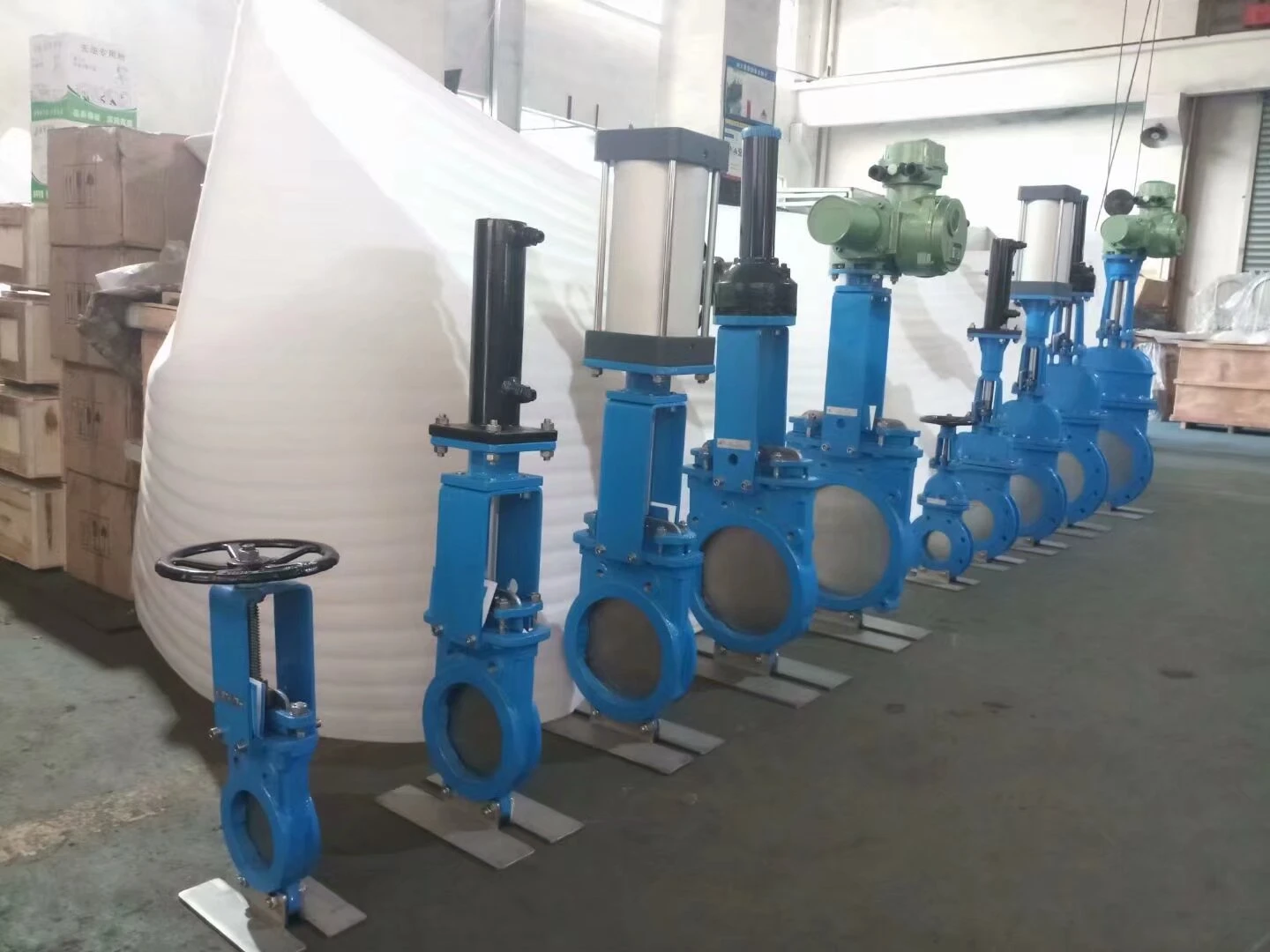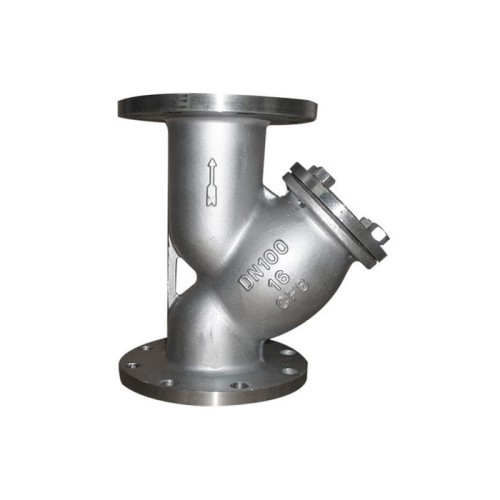Electric Actuator Control Systems Precise Valve & Force Regulation
- Introduction to precision motion systems
- Technical superiority in force accuracy
- Performance comparison between leading manufacturers
- Custom engineering for industrial applications
- Real-world implementation case studies
- Monitoring and calibration innovations
- Next-generation precision movement solutions

(electric actuator control)
Understanding Electric Actuator Control Systems
Industrial automation depends on precise motion systems where electric actuator control
plays a fundamental role. These systems convert electrical energy into controlled linear or rotary mechanical force. Modern actuators incorporate digital controllers that manage force output with 0.5% accuracy across their operating range. This precision makes them indispensable for applications requiring repeatable force application - from valve positioning in petrochemical plants to robotic assembly lines in manufacturing. Unlike pneumatic alternatives, electric variants eliminate air compression inefficiencies while providing dynamic force modulation impossible with hydraulic systems.
Technical Advantages Over Conventional Methods
Electric actuator force control delivers measurable performance improvements across three critical parameters. Response times under 80 milliseconds enable real-time pressure adjustments impossible with traditional valve systems. Energy consumption analysis reveals 70% reduction in operational costs compared to hydraulic equivalents due to the elimination of fluid maintenance and power conversion losses. Integrated smart controllers prevent torque overshoot with real-time current monitoring, automatically compensating for temperature-induced resistance variations. This precise calibration ensures consistent force application between 10N to 25kN throughout equipment lifetime without mechanical degradation.
Advanced models feature CANopen interfaces delivering 15 synchronization points per cycle for multi-actuator orchestration. Diagnostic capabilities include position verification sensors with ±0.05mm resolution and embedded temperature monitoring that triggers automatic performance compensation algorithms.
Manufacturer Capability Assessment
| Parameter | Manufacturer A | Manufacturer B | Manufacturer C |
|---|---|---|---|
| Force Range | 100N-18kN | 50N-22kN | 75N-30kN |
| Position Accuracy | ±0.1mm | ±0.07mm | ±0.05mm |
| Response Time | 110ms | 85ms | 65ms |
| IP Rating | IP65 | IP67 | IP69K |
| Cycle Life | 500k cycles | 750k cycles | 1M+ cycles |
Technical assessments reveal varying optimization priorities: Manufacturer C achieves superior responsiveness through patented electromagnetic clutch disengagement technology while Manufacturer B emphasizes environmental hardening. All major suppliers now integrate Modbus TCP protocols as standard, though compatibility with legacy systems varies significantly.
Application-Specific Configuration Options
Customized electric control valve actuator implementations require thorough operational analysis. Food processing facilities typically demand IP69K-rated stainless steel units with cleanroom-compatible lubrication, while offshore drilling equipment requires EX-certified explosion-proof configurations capable of withstanding saltwater corrosion. Force regulation strategies vary by function:
- Constant force mode maintains setpoint pressure despite positional variance
- Torque limiting prevents overstress during valve seating operations
- Position-based profiling creates dynamic force curves
Environmental adaptations include -40°C Arctic packages with thermal tracing and desert configurations featuring enhanced heat dissipation. Shock-mounted versions survive 7g vibrations in mobile applications.
Implementation Case Studies
Automotive production lines implementing electric actuator control reduced robotic welding station downtime by 40% through predictive maintenance algorithms. Vibration analysis detected irregular torque patterns signaling imminent brush wear, triggering automated service alerts before catastrophic failure. The precision force calibration eliminated sheet metal deformation issues costing €250,000 annually in rework.
Norwegian petroleum facilities replaced pneumatic control valves with IP66-rated electric variants, realizing 28% energy savings. The overhaul cut compressed air consumption equivalent to 780MWh/year across their extraction platforms. Positional repeatability of ±0.03mm eliminated valve stem packing leaks that previously caused 15 unscheduled shutdowns annually.
Operational Intelligence Systems
Modern electric actuator control systems integrate comprehensive monitoring capabilities. Digital twins simulate thermal performance under variable loads using real-time current and temperature feedback. Smart controllers log operational metrics including:
- Peak force occurrences exceeding design thresholds
- Cumulative duty cycle statistics
- Temperature profiles during extended operation
- Waveform analysis of power quality issues
Calibration verification systems utilize integrated load cells that automatically detect spring fatigue or position sensor drift. Field technicians recalibrate using digital interfaces without mechanical adjustments - maintaining accuracy to within 0.3% of initial specifications throughout maintenance cycles.
Electric Actuator Control Solutions for Future Automation
Industrial motion technology progresses toward increasingly sophisticated electric actuator control capabilities. Emerging units incorporate dual-channel safety torque monitoring compliant with SIL 3 functional safety standards. Motor technology developments promise 25% greater power density through carbon fiber-reinforced rotor designs capable of sustained 85°C operation. Wireless integration enables remote parameter adjustment using industrial IoT protocols like IO-Link Wireless, eliminating control cabinet penetration points while providing operational analytics to plant management systems.
These innovations expand application potential into extreme environments including geothermal energy installations and semiconductor manufacturing. As precision requirements increase across industries, advanced electric control solutions establish new benchmarks for efficiency, reliability and operational intelligence.

(electric actuator control)
FAQS on electric actuator control
Q: How does an electric control valve actuator regulate fluid flow?
A: An electric control valve actuator adjusts the valve position using motorized mechanisms, enabling precise flow regulation. It integrates with control systems to respond to input signals, ensuring accurate pressure or flow adjustments in pipelines.
Q: What factors influence electric actuator force control accuracy?
A: Force control accuracy depends on sensor precision, actuator torque capabilities, and control algorithms. Environmental factors like temperature and mechanical wear can also impact performance over time.
Q: Why is closed-loop feedback critical in electric actuator control systems?
A: Closed-loop feedback ensures real-time adjustments by comparing actual output with desired parameters. This minimizes errors and enhances stability, especially in dynamic applications like force or position control.
Q: Can electric actuator control systems be integrated with industrial IoT platforms?
A: Yes, modern electric actuators often support IoT protocols for remote monitoring and predictive maintenance. Integration enables data-driven optimization of valve positioning and system diagnostics.
Q: How do PID controllers enhance electric actuator control performance?
A: PID controllers optimize response time and stability by adjusting proportional, integral, and derivative gains. They reduce overshoot and steady-state errors in position or force control applications.
-
The Key to Fluid Control: Exploring the Advantages of Ball Valves in Industrial SystemsNewsJul.09,2025
-
The Versatile World of 1, 2, and 3 Piece Ball ValvesNewsJul.09,2025
-
Stainless Steel Ball Valves: The Ideal Choice for Efficient Flow ControlNewsJul.09,2025
-
Optimizing Fluid Control with Ball Float ValvesNewsJul.09,2025
-
Manual Gate Valves: Essential for Control and EfficiencyNewsJul.09,2025
-
Everything You Need to Know About Butterfly ValvesNewsJul.09,2025
-
The Versatility of Wafer Type Butterfly ValvesNewsJul.08,2025




